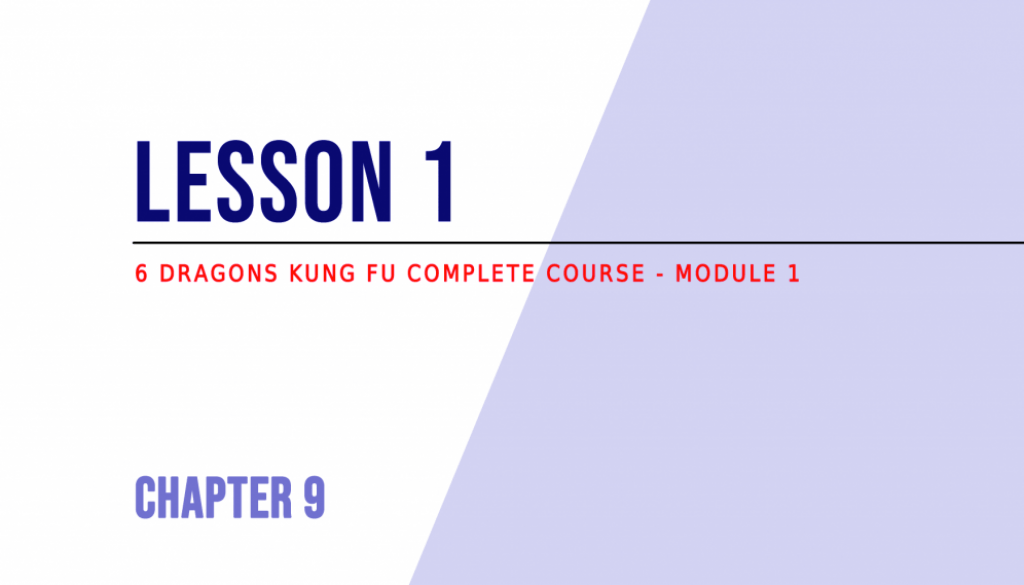
In this chapter, we are going to discuss the fundamentals of standing, mobility and balance: let’s start with the stances.
Note – This article has been asked by one of our Core Course practitioners on Patreon (see how to attend our home study classes here Learn Kung Fu online: a beginner-to-expert course).
Regarding the basic stances, we could say that in the various styles of Kung Fu:
In any case, if we talk about serious martial performance, the postural variations are not to be identified in terms of “right” or “wrong” but rather as:
Even within the same style (Tai Chi, White Crane, etc.), there are endless micro variations from school to school, master to master (even among the single monks of the Shaolin temple) and technically they are all correct.
A note by Master Kongling – A warrior is not interested in authenticity / historical issues, he has to search for effectiveness: he doesn’t want to do something because it has always been like this, he wants to do something because he has personally tested its effectiveness (read The various points of view on martial arts). For a serious practitioner, the discriminant should be the understanding of the meaning of the positions and therefore the affinity that he finds with his own purposes (personal defense, well-being, choreography, etc.).
Since the dawn of the Shaolin temple, at the base of forms and fighting techniques of Kung Fu lay a solid basic structure founded on:
During the fight, without proper addressing and conditioning, the body of a fighter risks losing a great amount of:
A note by Master Kongling – Master Pedro Rodriguez once said: “it’s ended the time for secrets in Kung Fu”, each practitioner must know what he is doing. To take advantage of the study of Kung Fu in combat, it is necessary to profoundly understand its meaning, key points, causes and effects. During a battle, each position should be adapted to your needs. Without reasoning on what you study, you reduce a flow that is born for combat to a senseless circle with no intention or meaning (and against any kind of opponent, this means to be defeated and severely beaten).
Despite their elegance, the basic stances of Kung Fu do not have artistic purposes, they are made to:
A note by Master Kongling – Form is not substance. Kung Fu is not a set of coded movements, techniques and positions to be applied as always-winning formulas in combat: this doesn’t work; those who think this, are light years away from the vision of the Founders (read Why martial arts do not work: 5 reasons). Every practitioner has strengths and weaknesses, limits and specific talents, the form can help to try to fill all the natural mistakes and gaps you have but it is not the goal. We must not confuse the chisel with the sculpture. In purely martial terms it is entirely wrong, in the name of an “untouchable tradition”, to cancel the specific abilities of the practitioner: every human being is different in body and mind, if we continue to repeat what has been done in the past, without altering anything, the final result will be nothing but an increasingly faded copy of what was once pure creativity. Experimentation and errors (following a serious path) are the basis of evolution (read Measure ourselves with errors).
In the next lesson of this chapter, you will see the primary and most important fighting stances.
Reply in the comments and share your experience: